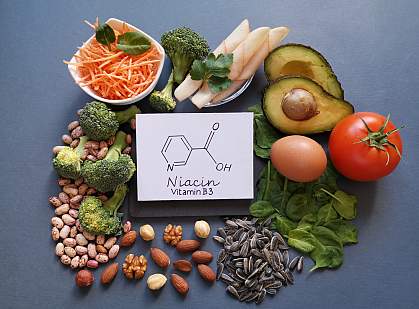
Breaking News
 This Housing Collapse Is WAY Worse Than 2008 -- And They're Hiding It
This Housing Collapse Is WAY Worse Than 2008 -- And They're Hiding It
 BREAKING: Assault Weapons Ban Just Passed For 2026 : 10 Years Prison Who Own This!
BREAKING: Assault Weapons Ban Just Passed For 2026 : 10 Years Prison Who Own This!
 GAME OVER: JP Morgan Flips LONG + China Ban Starts In 4 Days
GAME OVER: JP Morgan Flips LONG + China Ban Starts In 4 Days
 SILVER CRASHES TO $75 - But China Is Paying $89 (Ghost Week Trap)
SILVER CRASHES TO $75 - But China Is Paying $89 (Ghost Week Trap)
Top Tech News
 EngineAI T800: Born to Disrupt! #EngineAI #robotics #newtechnology #newproduct
EngineAI T800: Born to Disrupt! #EngineAI #robotics #newtechnology #newproduct
 This Silicon Anode Breakthrough Could Mark A Turning Point For EV Batteries [Update]
This Silicon Anode Breakthrough Could Mark A Turning Point For EV Batteries [Update]
 Travel gadget promises to dry and iron your clothes – totally hands-free
Travel gadget promises to dry and iron your clothes – totally hands-free
 Perfect Aircrete, Kitchen Ingredients.
Perfect Aircrete, Kitchen Ingredients.
 Futuristic pixel-raising display lets you feel what's onscreen
Futuristic pixel-raising display lets you feel what's onscreen
 Cutting-Edge Facility Generates Pure Water and Hydrogen Fuel from Seawater for Mere Pennies
Cutting-Edge Facility Generates Pure Water and Hydrogen Fuel from Seawater for Mere Pennies
 This tiny dev board is packed with features for ambitious makers
This tiny dev board is packed with features for ambitious makers
 Scientists Discover Gel to Regrow Tooth Enamel
Scientists Discover Gel to Regrow Tooth Enamel
 Vitamin C and Dandelion Root Killing Cancer Cells -- as Former CDC Director Calls for COVID-19...
Vitamin C and Dandelion Root Killing Cancer Cells -- as Former CDC Director Calls for COVID-19...
 Galactic Brain: US firm plans space-based data centers, power grid to challenge China
Galactic Brain: US firm plans space-based data centers, power grid to challenge China
Niacin: The Energizer Powering Your Cells And Fighting Cancer

In the 1910s, Dr. Joseph Goldberger, a U.S. Public Health Service medical officer, was investigating the mystery of pellagra. This debilitating disease was sweeping South Carolina and other parts of the world, leaving a trail of severe symptoms: rough, scaly skin, digestive issues, and mental disturbances, with a fatality rate of 40 percent. Tens of thousands were affected, and the cause was a mystery. Most thought it was an infectious disease.
Goldberger suspected pellagra wasn't caused by a germ but by something missing from people's diets. By restricting corn and adding foods like fresh milk, buttermilk, eggs, beans, and peas to the diets of pellagra patients, Goldberger showed the symptoms could be reversed. But what was the magic ingredient in these foods?
Years later, a biochemist identified niacin as the specific factor behind this dietary solution. It turns out that niacin was the key to preventing pellagra and restoring health.
Special Talents
Niacin has many talents and roles, but a few main ones are highlighted below.
1. Energizer
Niacin is the star player in your body's grand energy production team. Fats, carbohydrates, and specific proteins are broken down into energy when you eat. Turning these foods into usable energy is where niacin truly shines. In the presence of oxygen, these nutrients travel through a series of pathways to transform the food you eat into energy, known as adenosine triphosphate (ATP), which powers nearly everything you do, from thinking to moving.
ATP is in constant demand but exists in only small, rapidly depleted amounts. To keep us alive, our cells must regenerate ATP continuously—and that's where niacin steps in as a genuine "energizer." Niacin, in the form of nicotinamide adenine dinucleotide (NAD), acts as the critical energy carrier in the pathways that convert nutrients into ATP, ensuring that despite our limited ATP stores, we always have a fresh supply ready to fuel every heartbeat, every breath, and every thought.
Without niacin, the body's energy production would cease, making this nutrient essential for sustaining life itself.



